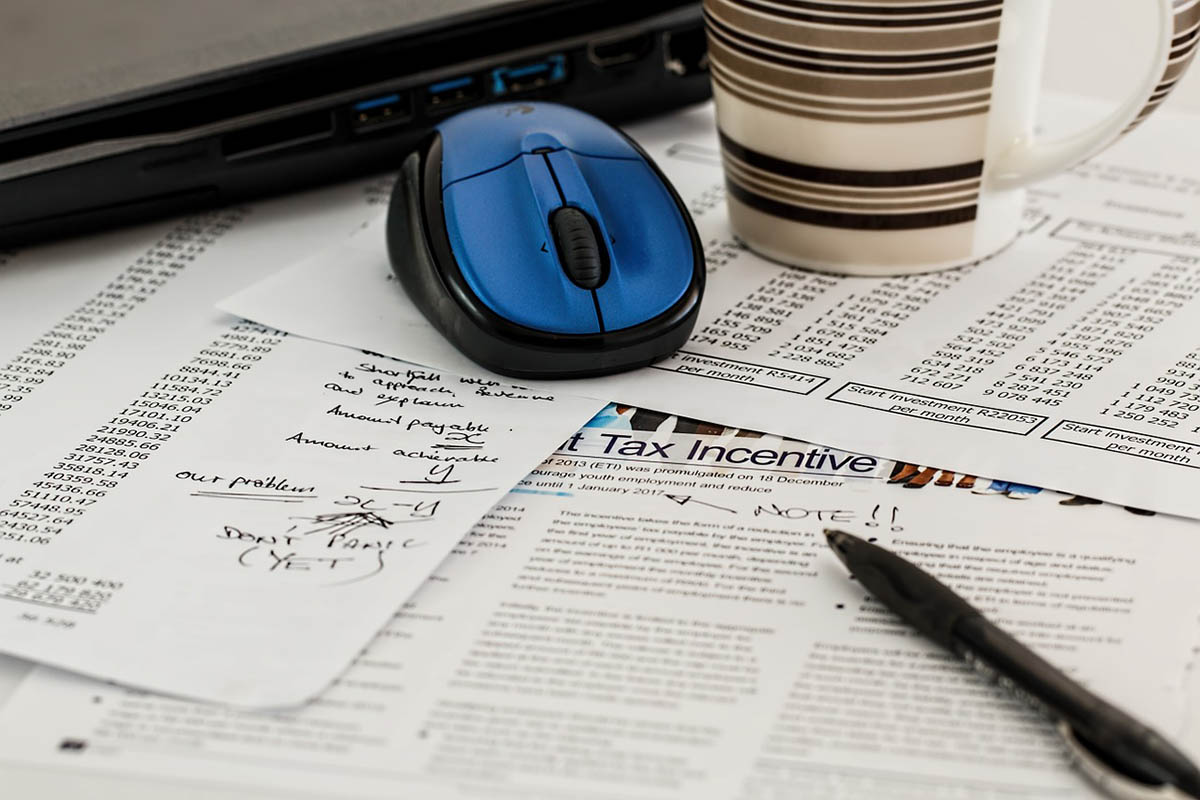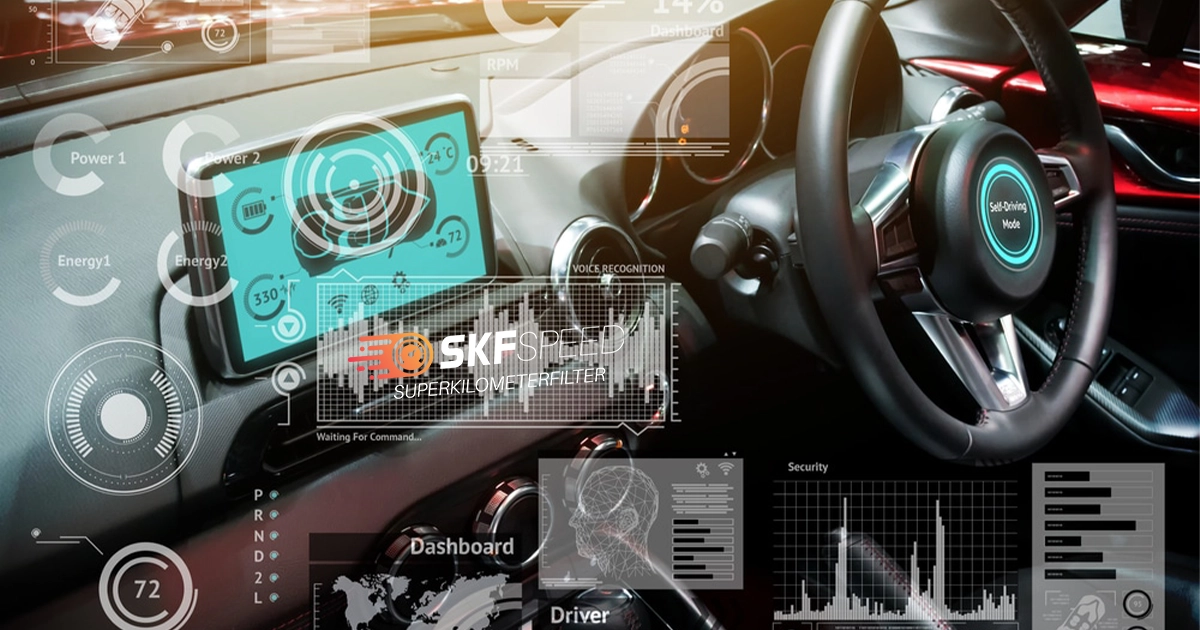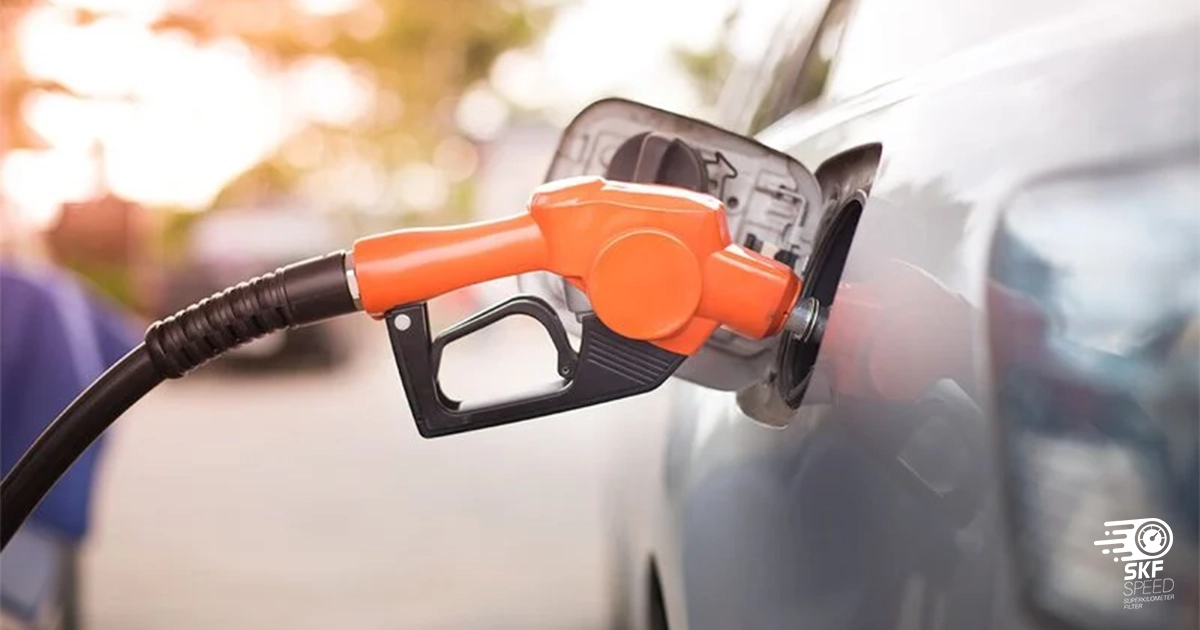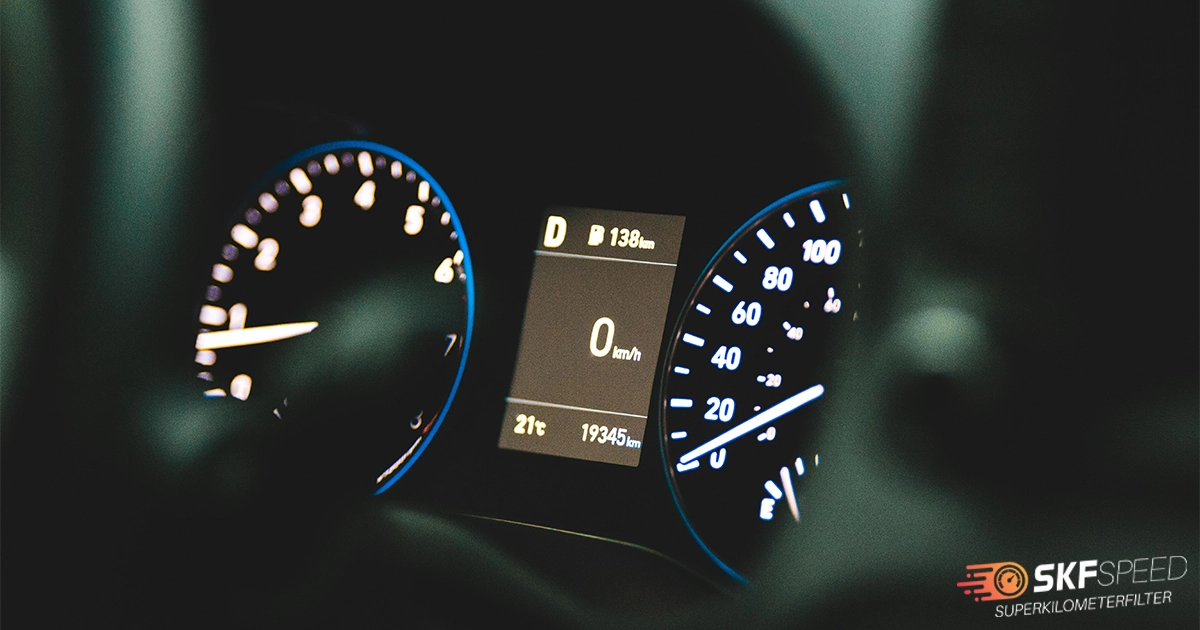
If you’re your own boss and you use your car for business, you might be eligible for self employed mileage allowance. In other words, you might get the chance to apply for a tax deduction for business expenses.
However, things aren’t as dreamy as they might seem. You have to make sure you’re eligible before you get started and follow the strict rules along the way. This means that you need to know all the details about those taxes and act accordingly.
Luckily, today you’ll learn what is self employment mileage deduction, how it works, why is mileage important, and how much allowance you can claim.
It’s an allowable business expense that you can deduct from taxes. To put it simply, it’s a certain amount per mile that covers the costs of fuel, maintenance, examination, etc.
As someone who is self employed, you’re probably making a lot of work-related trips. You might have to meet the clients, deliver a certain product to your customers or arrange official meetings between partners. Either way, you’ll need a vehicle that will transport you to the destination.
Not all trips are considered to be work-related i.e. they aren’t seen as self employed mileage expenses. For example, your daily commute to your workplace won’t be counted as part of the allowance.
But if you run some errands for your business, it could be included in your expenses. There’s an exception to this rule as well – if you have lunch with your friend and run business errands on your way home, that trip won’t be counted as part of your allowance either.
Claiming mileage self employed is a convenient feature, yet it can be quite tricky. There’s a thin line between the trips that are included and those that aren’t.
You should also remember that the Internal Revenue Service (IRS) is pretty strict about the expenses that are covered and the documents you’ll need to provide. They aren’t exactly giving out tax deductions to everyone.
That’s why it’s so important to know what you qualify for and how the claiming process works.
You have two options: you can calculate your tax claim with standard rates or actual expenses. Which one you choose (if you’re qualified to choose) depends on your needs as a business owner.
Using standard rates is way simpler as it considers the mileage you accumulate during your business trips. You don’t have to include numerous variables in the equation which makes it easy to calculate deduction yourself.
To calculate your deduction with standard rates, you will have to multiply your business mileage by a set rate. The IRS releases a new rate for each year, therefore, you should be up-to-date if you want to count everything properly.
An important thing to remember here is that you can’t choose between standard rates and actual expenses methods if the car has been in usage for less than a year. If you became self employed two months ago (and started using your vehicle for business trips around that time), you will be obliged to calculate your claim with standard rates.
If you calculate your claim depending on the actual expenses, you will have to consider all the costs that are associated with insurance, repairs, gas, etc. You may already know how to make your car last longer, however, you might still have repair costs while using a vehicle for business purposes. This means that you’ll have to track every expense carefully before you apply for a tax deduction.
The IRS determines what you can claim with actual expenses. It also dictates whether you qualify for standard rates or actual expenses. If you’re eligible for both, you can choose the one that seems to be more suitable for you.
As you can see, the actual expense method includes way more variables and can be harder to track.
Regardless of the method you qualify for, you’ll have to track your business trips as precisely as you can. Otherwise, you might have a hard time claiming your self employed mileage allowance.
It depends on the rates set by the IRS. In 2021, the rate is set to 56 cents. Therefore, if you’re calculating self employment mileage deduction, you’d be able to deduct 56 cents per business mile.
Other than that, there’s no threshold that would limit how much you can claim as self-employed. For example, if your business trips amounted to 1,000 miles you’d still be eligible for deduction. The same rule would apply if you only drove 200 miles.
Since self employed mileage expenses can amount to serious numbers, the lack of threshold is certainly great news. The actual amount you claim depends on how many business miles you drive and the rate the IRS sets that year.
You can do it on your own or use specific apps that specialize in tracking your business miles. What’s important here is to know what you should record and when.
According to IRS, you should be able to provide the following information:
The IRS recommends logging all the information about your business trips as soon as possible. Even if it weren’t mandatory, it would still be better to track your mileage when you remember where you went, how much distance you covered, and what was the purpose.
You should also log your personal trips for comparison. You’ll need to calculate the percentage of your business trips in relation to the total distance you traveled. You won’t be able to do that unless you keep track of your personal mileage as well.
If you’re claiming mileage self employed and you want to calculate the amount of allowance, you should count the percentage of business miles first.
For example, if you traveled 200 miles for personal reasons and 300 for business, you covered 300 miles in total. You’ll have to divide your business miles by the total miles (300/500). The result will be the percentage of business miles. In our example, it equals 0.6 or 60%.
If you want to calculate the actual allowance, you’ll have to multiply business miles by the IRS rate. If we count the deduction for the numbers we used in the example, we’ll see that the allowance equals $168 (300*0.56).
As you can see, it’s not that difficult to calculate your mileage allowance. The tricky part is to keep track of your business trips and mileage. However, you can easily use a sheet that will do the math for you or download an app that will help you out.
The self employment allowance is a great way to cover the costs of business trips if you’re using your car to deliver products or run business-related errands. It’s tailored to your needs and enables you to reduce your taxes at least to a certain extent.
You can calculate self employed mileage allowance yourself if you keep track of your business and personal trips. You can use online tools to simplify that nagging process. The main thing is to track mileage carefully and fill out IRS forms accordingly.
Don’t forget to check out the exact details about self-employed tax deduction on the IRS website.







Here you will find all the details about our company
Here you will find shipping and return related information
Here you will find information on all technical questions
Here you will find helpful information about installation